Sree Padmanabhaswamy Temple and Kuthiramalika Palace
As a lover of history and culture, I recently had the opportunity to visit two of Trivandrum’s most famous landmarks: the Sree Padmanabhaswamy Temple and the Kuthiramalika Palace. It was an experience that left me in awe of the rich heritage of the city and its people. My first stop was the Sree Padmanabhaswamy Temple, which is one of the most famous temples in India. As I approached the temple, I was struck by its grandeur and beauty. The temple’s intricate architecture and detailed carvings were a testament to the skill and craftsmanship of the artisans who built it.
Table of Contents
Sree Padmanabhaswamy Temple
The golden gopuram of the temple shone brightly in the sunlight, leaving me curious about what lay inside. As I visited in the afternoon, there weren’t many visitors, only a handful of men and women dressed in traditional attire. Sree Padmanabhaswamy Temple is recognized as one of the 108 Divya Desams or Vishnu Temples in India, which are revered as highly sacred and divine places where Lord Vishnu is believed to dwell. These Divya Desams have also been acknowledged in the writings of the Tamilian Azhvars, who were regarded as saints.
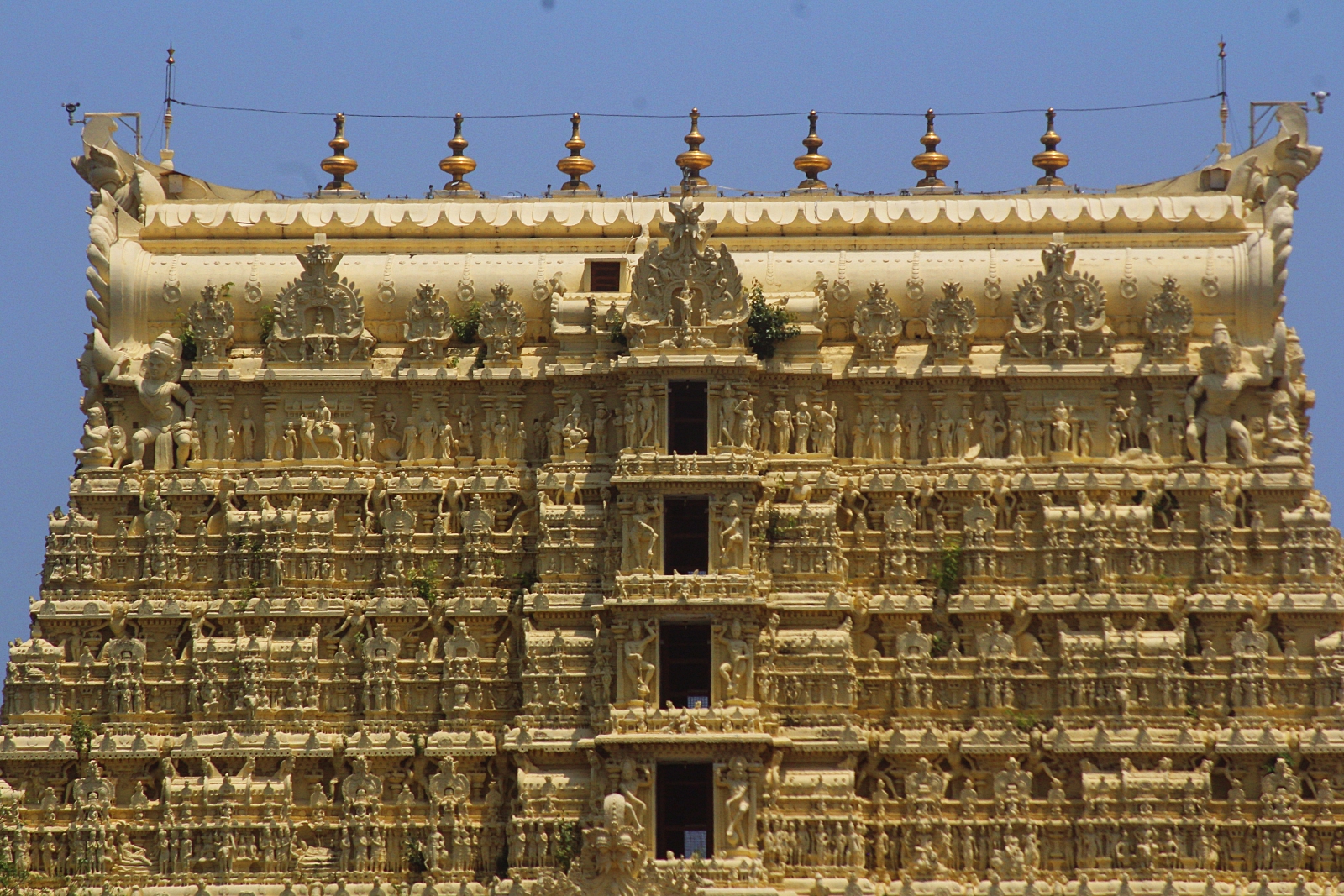
The name ‘Thiruvananthapuram’ too has been derived from the deity of Sree Padmanabhaswamy Temple also known as Anantha who is the one reclining on the Anathana serpent. Therefore, Thiruvananthapuram means the land of Sree Anantha Padmanabhaswamy. As I entered the temple, I was greeted by the sound of bells and the fragrance of incense. The temple was bustling with activity, with devotees praying and performing rituals. I was amazed by the devotion and piety of the people, who had come from far and wide to seek the blessings of Lord Padmanabha.
Idol of Lord Padmanabha
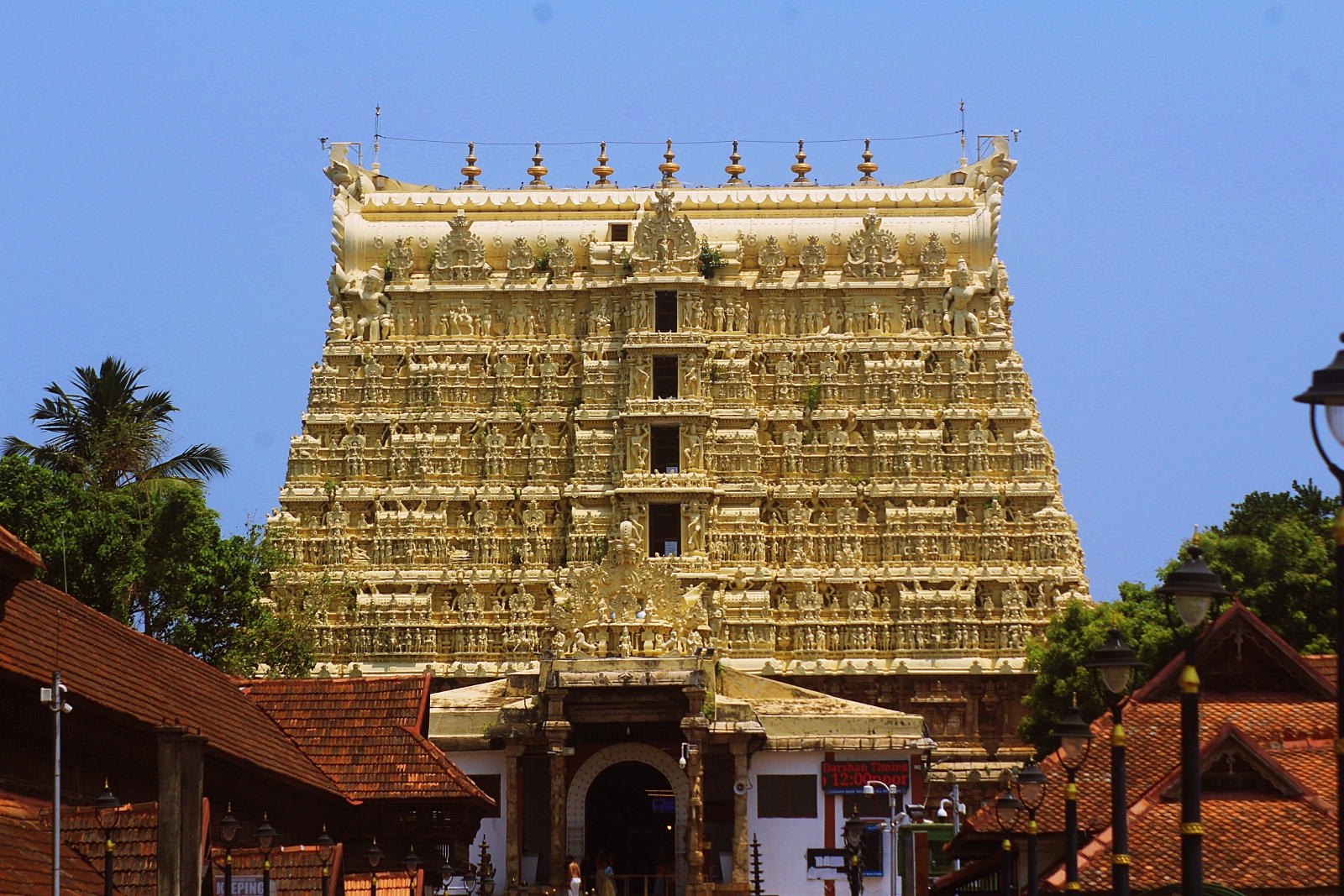
The temple’s main attraction is the idol of Lord Padmanabha, which is made of a rare combination of 12,008 salagramams (sacred stones). The idol is a sight to behold, with its intricate details and serene expression. I felt a sense of peace and tranquillity as I stood before the idol, marvelling at its beauty and significance. According to legend, the Padmanabhaswamy Temple’s treasure troves hold enough riches to alleviate the world’s various crises, but these treasures are ensnared by an ancient curse.
Padmanabhaswamy Temple Treasure Vaults
The Hindu temple of Padmanabha Swamy in Kerala may have lots of treasures. At least, there are many rumours about it, including that it’s overflowing with gold. The Supreme Court recently formed a five-member team to oversee the temple’s administration and to audit its properties and accounts. Additionally, it decided to delay opening vault B until all other vaults had been cleared. Those who know about the happenings inside the temple say such delays are natural.
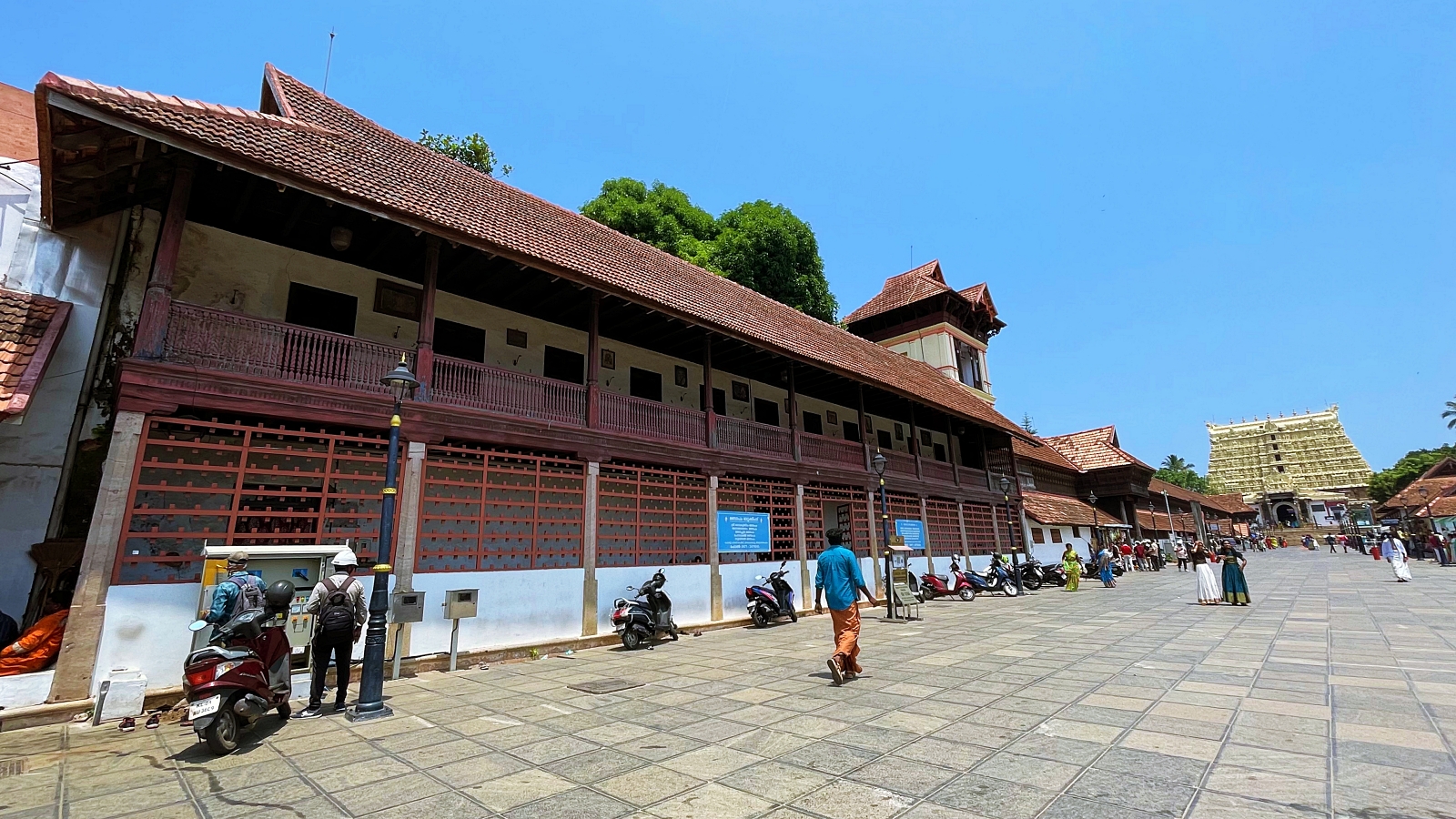
It was only in July 2011 that the media got a whiff of the hundred-thousand crore treasure nestled deep inside the Padmanabhaswamy temple vaults. Rumour mills had been spinning ever since the vaults of the Padmanabhaswamy temple were unsealed twice in 1990 and five times in 2002. A special vault at the Padmanabhaswamy Temple is bigger than the others and was discovered 5 feet beneath the ground. In my imagination, when you enter through the main door and approach a closed steel gate, you finally slip inside, where you find treasure piled up on all sides and even a secret tunnel.
What is inside Padmanabhaswamy Temple Vaults?
The Padmanabhaswamy Temple has six underground vaults which were discovered by archaeologists in 2001, and the treasure that was buried there is just too much to be believed. With the aid of the temple priests, archaeologists found two things: gold coins and jewellery. The jewellery includes a 9-foot long gold necklace weighing 2.5 kg, 1 ton of rice gems made with gold, diamond sacks, gold ropes, gold sticks, and multiple pieces of antique jewellery adorned with diamonds and emeralds – nothing less than a king’s ransom. Chamber A is where archaeologists found 40 golden pots each containing valuable stones wrapped in bundles of silk including rubies, emeralds and diamonds.
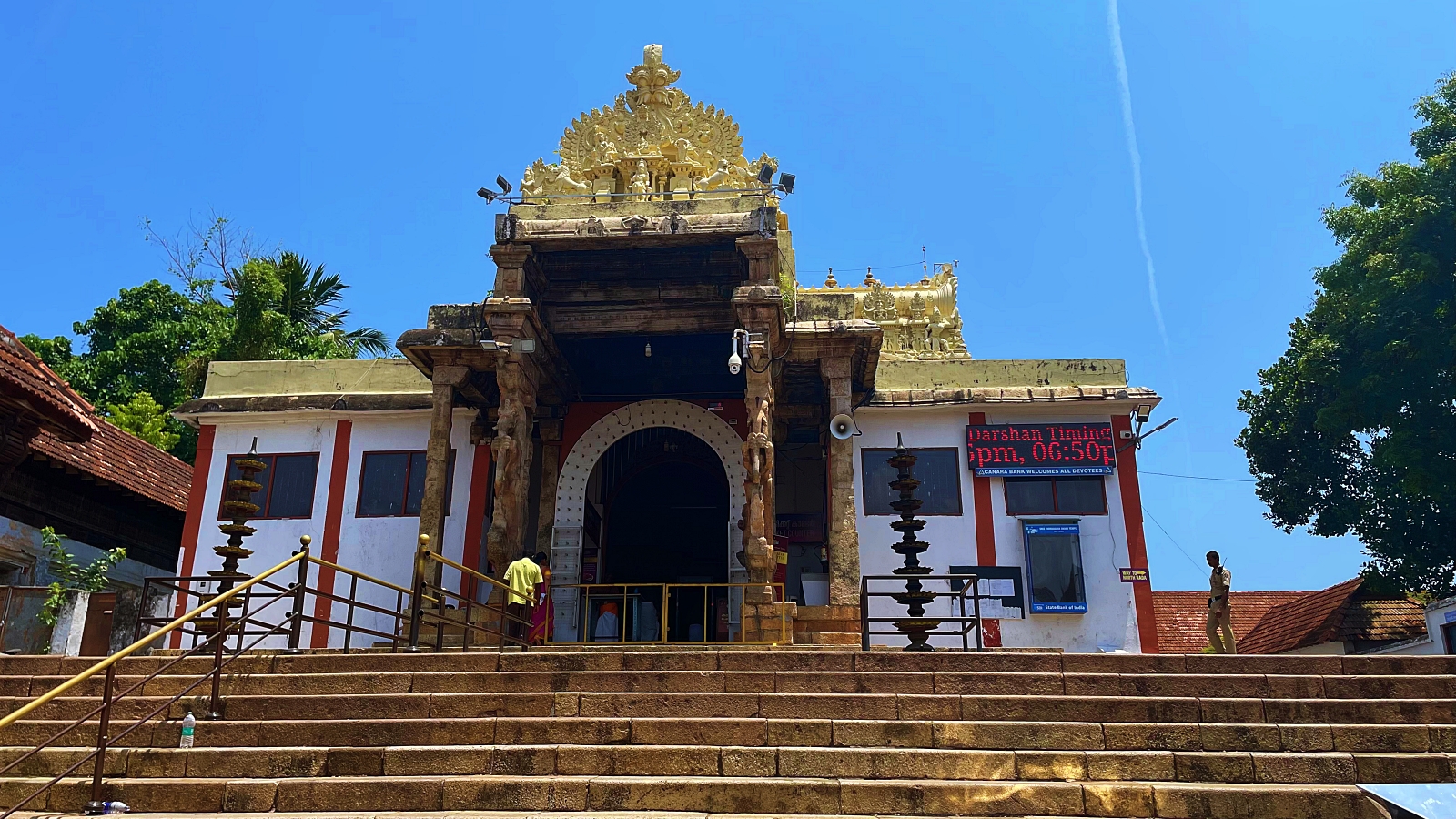
Other things they found here included a pot which held solid gold idols lined up like they were being sacrificed to a barbarian god, multiple ancient urns as well as old torches made of terracotta and an idol bigger than all other idols so far discovered. Archaeologists also discovered tons of gold coins from many different eras including coins that date back thousands of years. Other things found in this chamber include a gold statue of Mahavishnu studded with diamonds and hundreds of other precious stones.
It is imperative to note that some of the sovereigns discovered bear the 1772 seal, indicating their origin during King Karthika Thirunal Rama Varma’s reign. Nonetheless, it has come to light that there exists another concealed inner chamber beneath Vault B – a room steeped in antiquity and constructed with walls made entirely out of gold. The enigma deepens as officials have been barred from accessing this vault by Travancore’s royal family due to fears about provoking divine wrath and bringing calamitous misfortune upon our country. However, we must consider whether such superstitions should be allowed to impede progress towards uncovering invaluable treasures hidden within these ancient chambers for generations past.
How Many Vaults and What Lies Within?
It’s important to note that there are six vaults in total, each marked from A to F. As of 2011, five out of the six have been opened and their contents revealed. Vaults A and B hold an extensive collection of gold treasures while C and D contain both gold and silver jewellery. The remaining two vaults E & F house utensils as well as other temple ritual items add great value culturally speaking.
The Curse Behind The Vaults

Vault B is like a fortress within a fortress, with not one but two antechambers guarding the way to its precious contents. The door itself bears carvings of a serpent and Yakshi that scream “keep out” louder than any alarm system ever could. Legend has it that Vault B was sealed shut using powerful Naga Paasam mantras chanted by top religious leaders during King Marthanda Varma’s reign. To make matters even more intriguing (and slightly ominous), only one of the highest priests can lift this curse. Rumour has it that some nefarious characters were attempting to crack open the notorious Vault B, only to be met with a surprise swarm of slithery serpents.
The vault’s owner and petitioner, Sundarajan, unfortunately, passed away just one month after its opening – further fueling the royal family’s belief in an ancient curse. Another fascinating tale recounts how temple priests attempted to access the treasure trove over 100 years ago during a devastating famine; but as they approached closer towards unlocking its secrets, all they could hear was crashing waves emanating from behind the door. Could this mysterious chamber lead straight out into the Arabian Sea?
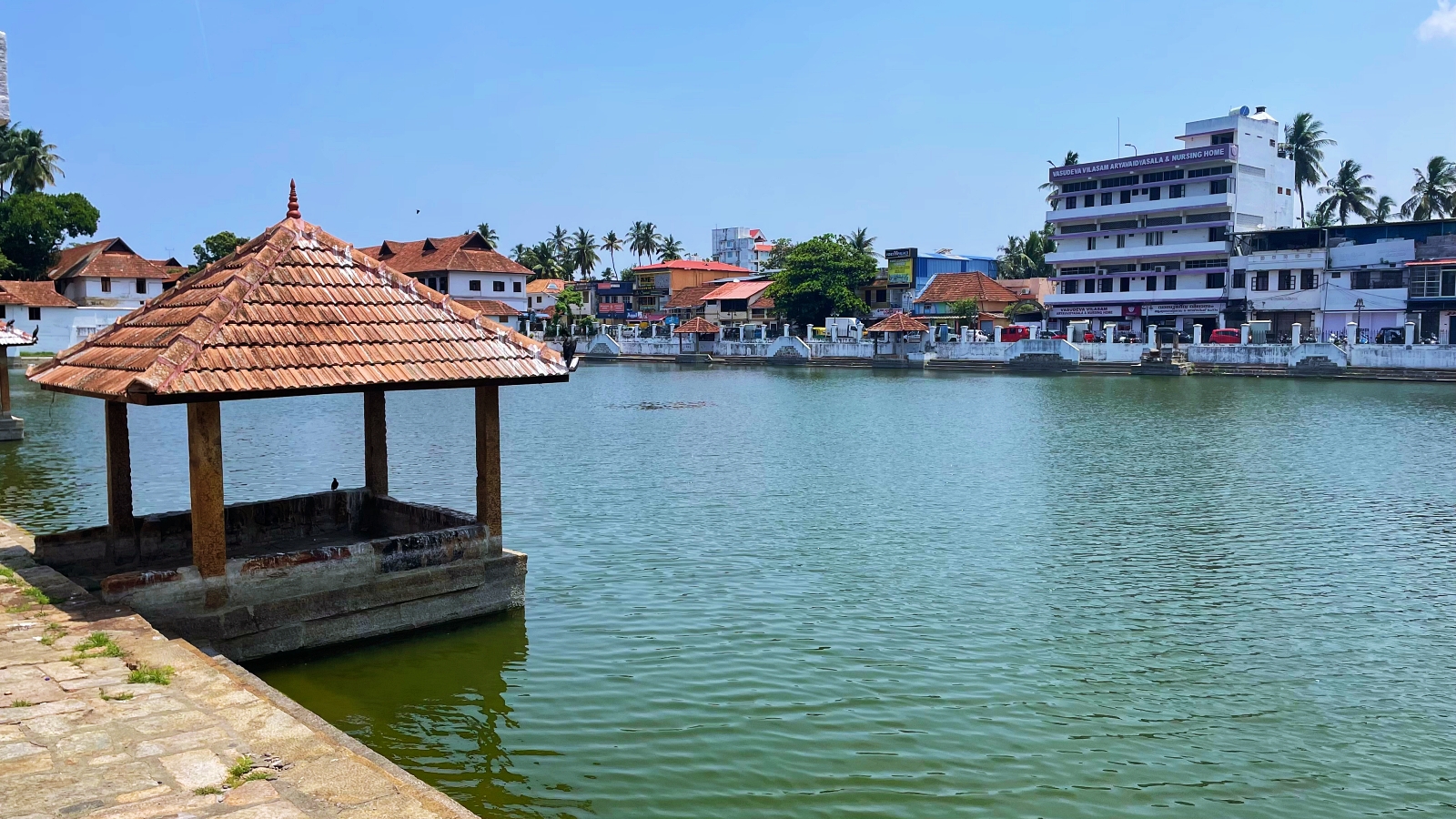
The temple showcases an amalgamation of Kerala and Dravidian architectural designs, while the surrounding stores offer a plethora of items, such as masks, wooden keepsakes, off-white sarees, and frocks featuring golden zari work.
Entry Fee: Rs 150 per person for Special Darshan and Rs 180 per person for Special Darshan with Prashad | Timing: 3:15 am – 12:00 pm and 5:00 pm – 7:20 pm
Kuthiramalika Palace
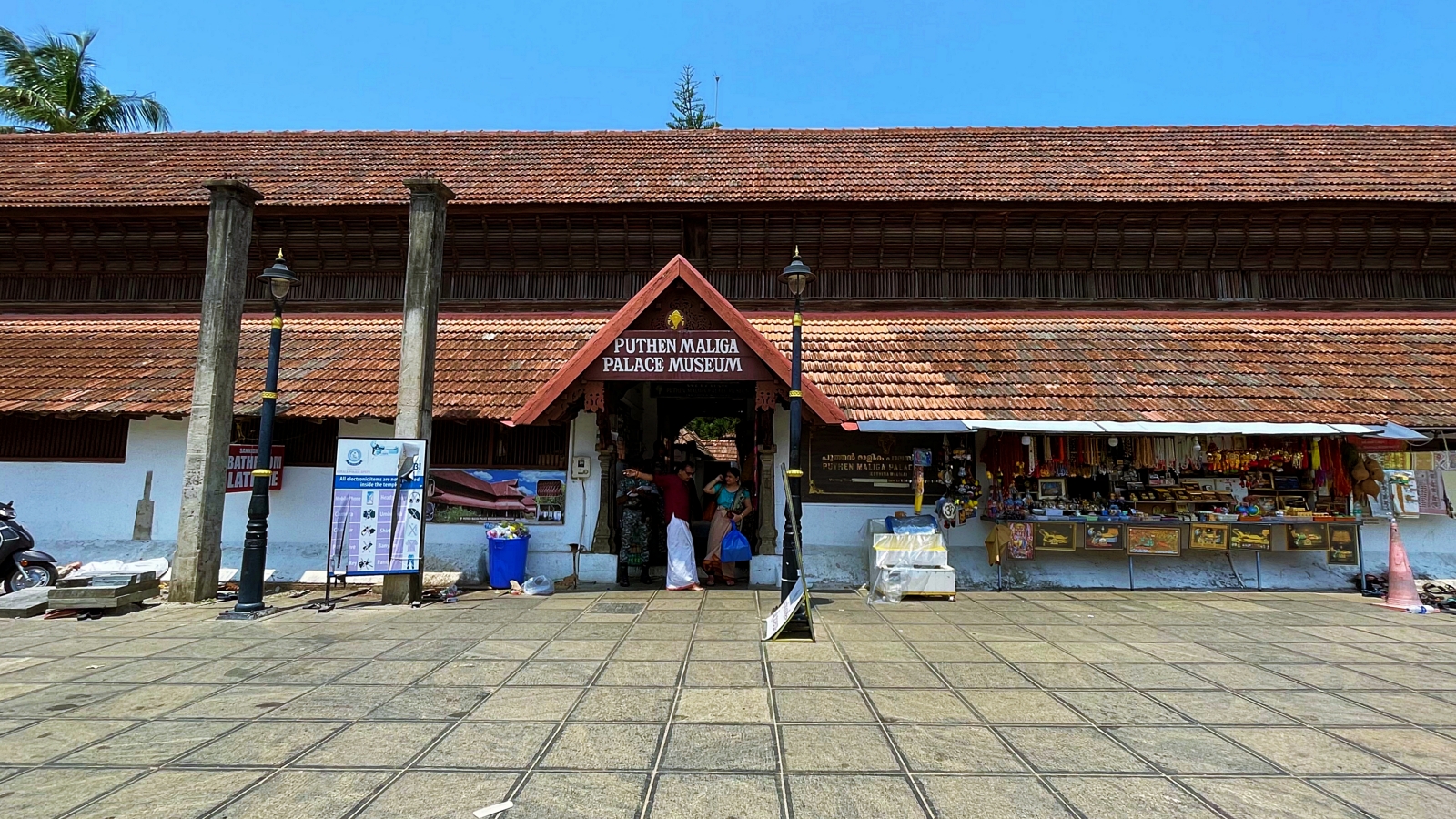
Next to the Sree Padmanabhaswamy Temple lies a peaceful pond on one side, while on the other side stands the Kuthiramalika Palace – also known as the “mansion of horses” due to its collection of 122 wooden horses that are carved into the wooden wall brackets that support the southern roof. After spending some time at the temple, I made my way to the Kuthiramalika Palace, which is located just a short distance away. The palace was built by the Maharaja of Travancore in the 19th century and is a fine example of traditional Kerala architecture.
Kerala School of Architecture
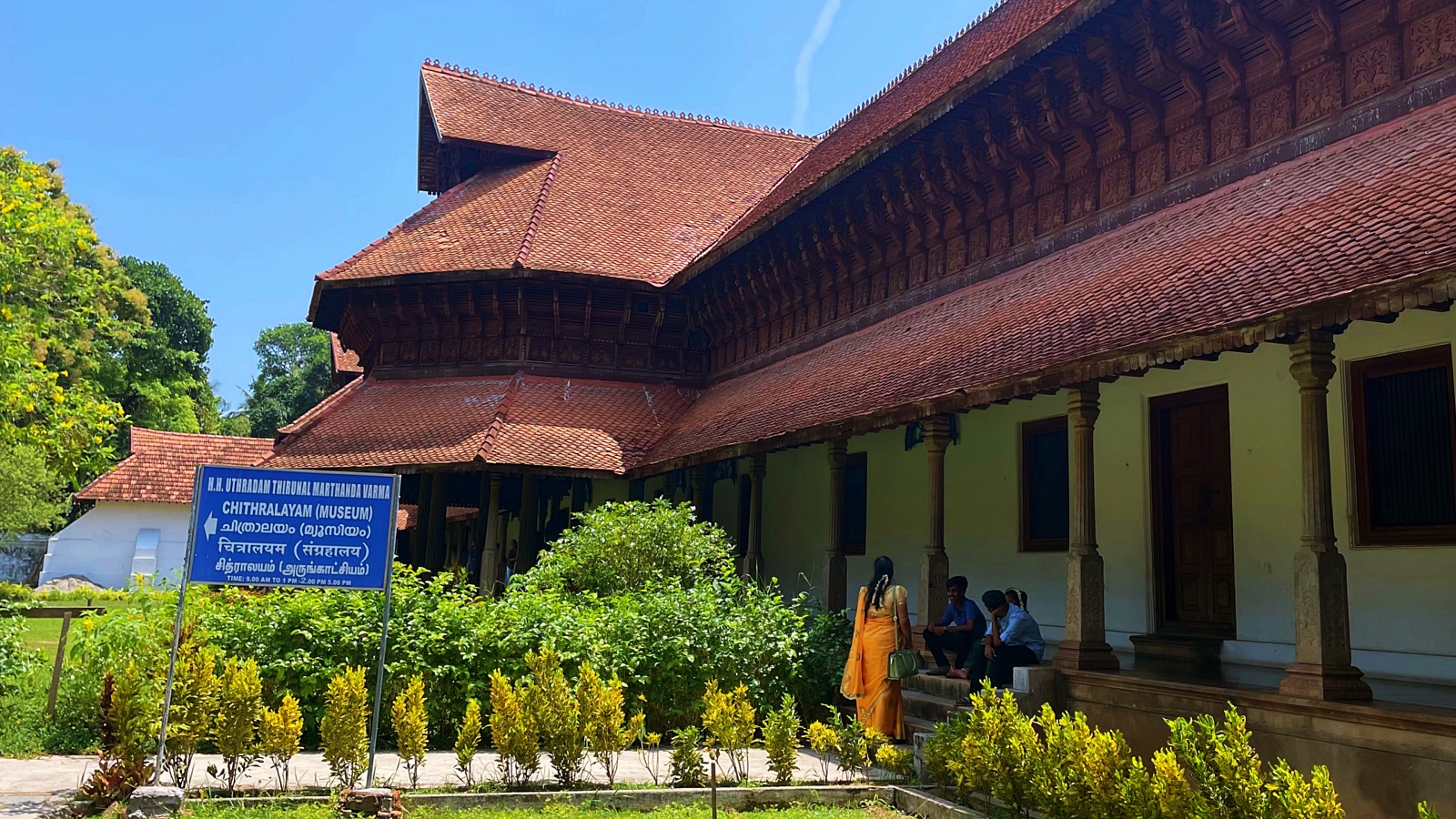
This two-storey palace, also known as the Puthen Malika (New Mansion), was built in the 1840s by Swathi Thirunal Balarama Varma, the Maharaja of the Kingdom of Travancore in British India. The palace forms part of a vast complex of royal buildings in the vicinity of Padmanabhaswamy Temple and is a prime representation of the Kerala school of architecture, with its typical sloping roofs, overhanging eaves, pillared verandahs and enclosed courtyards built in teakwood, rosewood, marble, and granite. It is a well-preserved example of the grandeur of the 1840s, transporting visitors back in time.
Maharaja Swathi Thirunal Balarama Varma
I learnt that Maharaja Swathi Thirunal Balarama Varma, a well-known musical composer, used to reside in the building and would often gaze at the Sree Padmanaswamy temple in the morning to find inspiration for his compositions. Sadly, the building remained uninhabited for over a century after Thirunal passed always in 1846. A fraction of the Kuthiramalika has now been transformed into a Palace Museum that features a collection of the Travancore Royal Family’s belongings. Nevertheless, only 20 out of the 80 rooms in the palace are accessible to visitors.

A visit to the museum unveils a fascinating collection of white marble idols and sculptures, Kathakali figures, Belgian mirrors and paintings. It also has on display two royal thrones, one made from 24 elephant tusks (Dantasimhasana) and the other of Bohemian crystal with the Travancore emblem ‘conch’ adorning the top of the backrest. Taking a barefoot walk at the museum will offer you a journey through time within the heart of the state capital.

As I walked through the palace, I was struck by its elegance and simplicity. The palace’s wooden architecture, sloping roofs, and intricate carvings were a testament to the skill of the artisans who built it. The palace is also home to a collection of artefacts and antiques that offer a glimpse into the life and times of the Travancore royal family. One of the highlights of my visit to the palace was the chance to see the famous horse carvings that gives the palace its name. It is a beautiful piece of craftsmanship and a symbol of the rich heritage of Trivandrum.
In conclusion, my visit to the Sree Padmanabhaswamy Temple and Kuthiramalika Palace was a memorable experience that left me with a deeper appreciation for the history and culture of Trivandrum. I visited Sree Padmanabhaswamy Temple as a part of the experience package with Hyatt Regency Trivandrum, and I would highly recommend these landmarks to anyone interested in exploring the rich heritage of Kerala.
Timings: 09:00 – 17:00 hrs | Closed on Mondays | Entry Fee: Rs. 50 for Indians, Rs. 15 for kids, Rs. 150 for foreigners



